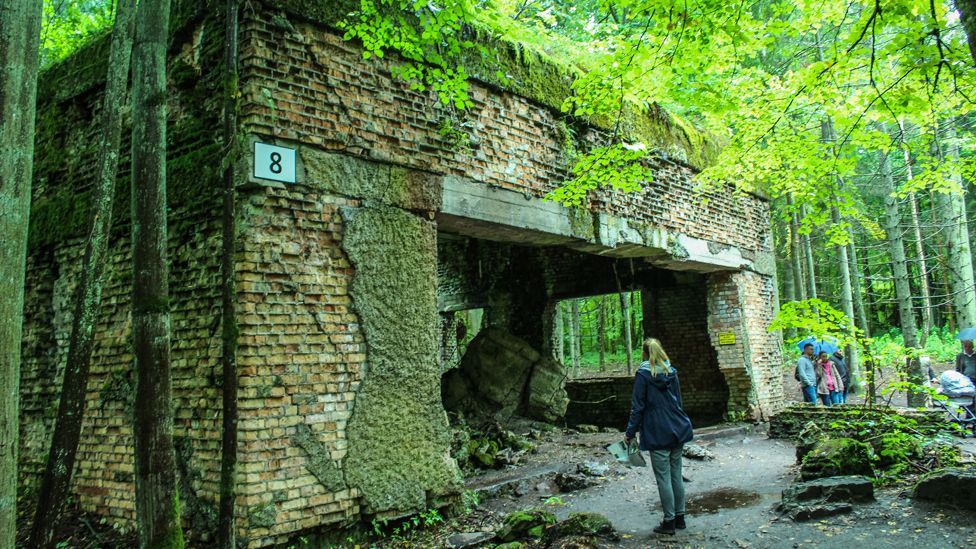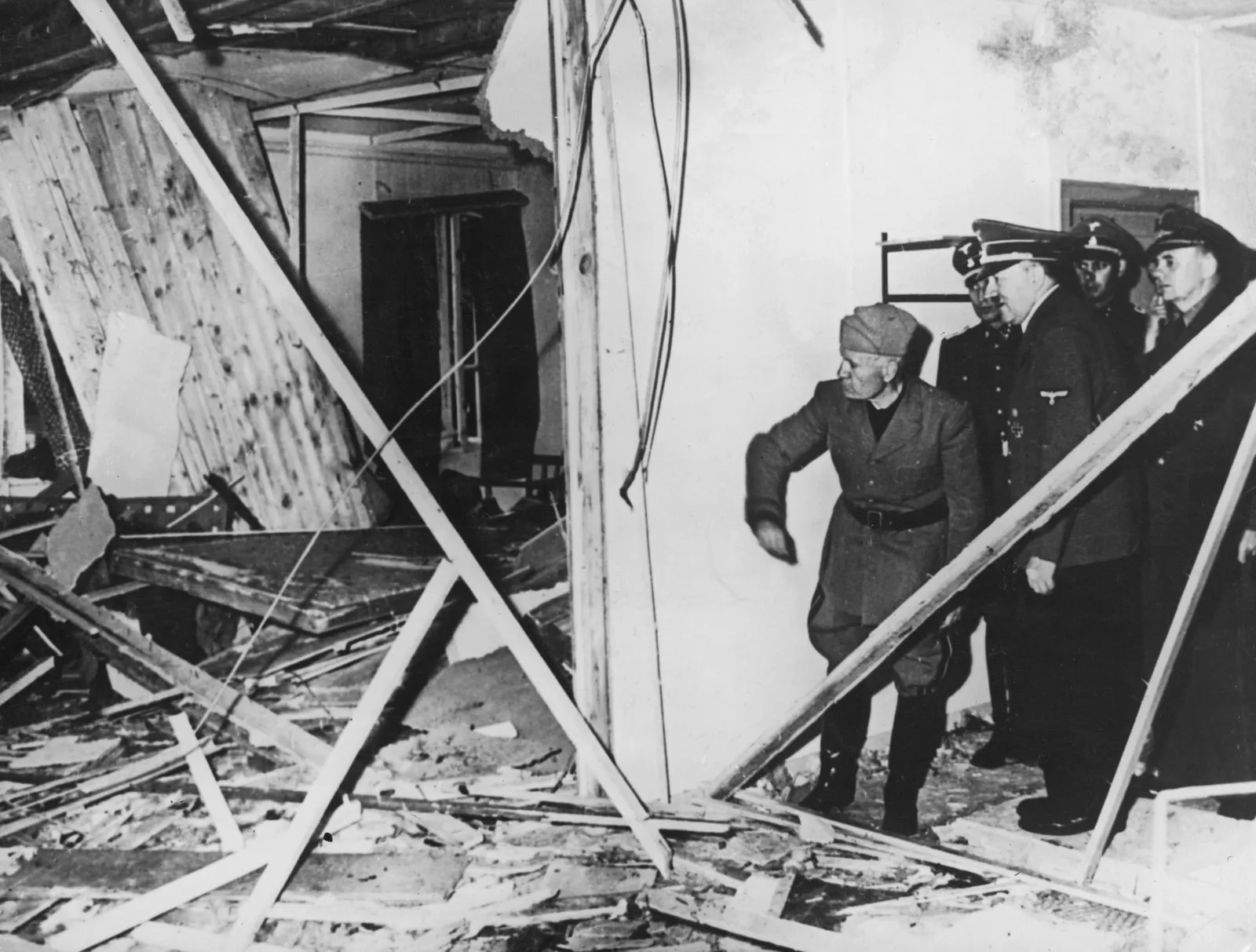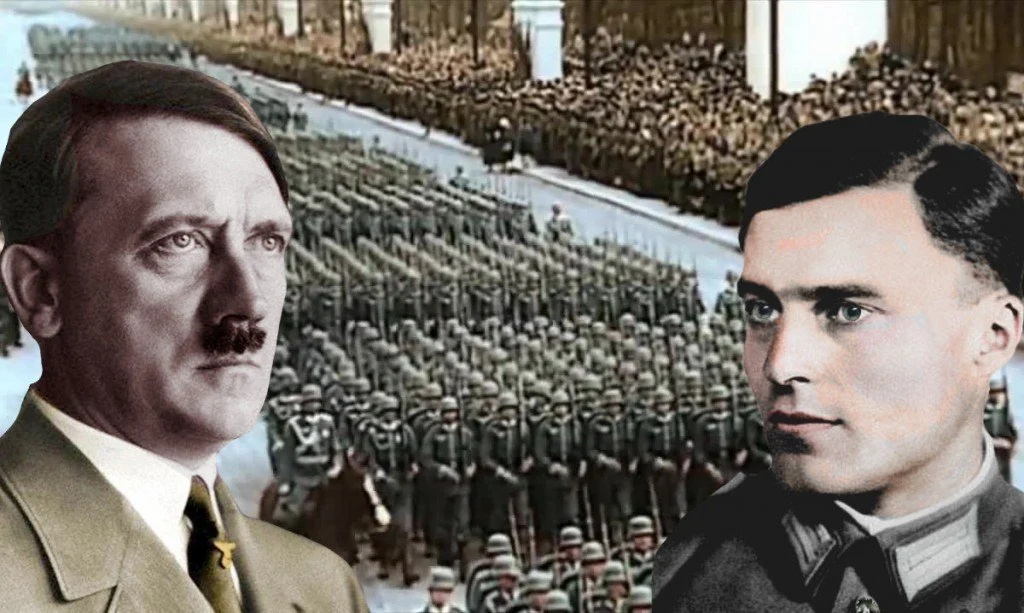Adolf Hitler, the ruler of Nazi Germany, was the target of an assassination plot on the 20th of July, 1944, at his Wolf’s Lair military base outside Rastenburg of the then East Prussia, which is presently called Ktrzyn, in modern-day Poland, by the SS Nazi Colonel Claus von Stauffenberg with fellow conspirators.
Originally of a specific plot element, the term “Operation Valkyrie” has evolved to apply to the whole incident. The ostensible goal of the murder plot was to oust the Nazi Party, especially the SS, of the political leadership of Germany’s military assets and to hasten the establishment of reconciliation with the Allied Powers. This struggle was portrayed in films like The July Plot in 1964, The Plot to Kill Hitler in 1990, and Valkyrie in 2008.
Both citizens and deployed military personnel, mostly military commanders, were involved in the July 20 conspiracy. A conservative, patriotic viewpoint and an affluent upbringing were almost universal among the accomplices. People who had left the Nazi government by the 1930s made up the majority of the citizenry. For instance, Carl Friedrich Goerdeler, who served as Leipzig’s governor from 1930 to 1937, quit his post in protest against Nazi ideology.
Another significant civilian, Ludwig Beck, quit his post as a general in the army in 1938 over his disagreement with Hitler’s belligerent war intentions. Generals like Friedrich Olbricht and Henning von Tresckow, along with Claus von Stauffenberg, and fellow commander Claus-Heinrich Stülpnagel of the French division of Nazi, were the most significant military participants.
Also Read: Goldsboro B-52 Incident: The 1961 Nuclear Crash Of North Carolina
Prologue To The Great Attempt
By July 1944, many Germans, including some of the country’s senior army generals, had begun to lose trust in their country’s capacity to defeat the allied powers. Hitler was heavily blamed for destroying Germany. Hitler’s command post was the Wolfsschanze, which translates to “Wolf’s Lair” in English.
A group of senior legislators and top army officers devised a plan to assassinate the Führer by detonating an explosive at a meeting to precipitate national unification and a revolution. The scheme was dubbed “Operation Valkyrie.” Following Hitler’s death, the army would claim that the killing was part of a Nazi Party popular revolt, allowing the Reserve Army to seize key Berlin installations and jail leading Nazis.

The reasons why the plotters got together are still up for debate today and were probably numerous. Many people, like Goerdeler, disapproved of Nazi anti-Semitic policies in addition to the way the warfare was handled in general, which ultimately caused Germany to lose. The Nazis’ xenophobic practices proved to greatly distress Tresckow as well, who in confidence referred to Kristallnacht as a barbaric event.
Others, like Stülpnagel, had intimately aided the paramilitary death squads-Einsatzgruppen-in holocaust Jews during the time he was in charge of the 17th Division in the Nazi-Soviet Union. For them, this premeditated attack served a more practical purpose: to save the country from a disastrous loss spurred on by Hitler’s exponentially insane handling of World War II.
Also Read: True Story Behind The Revenant: Tale Of Hugh Glass
Operation Valkyrie: How It Went Down
Hitler stopped making public appearances as the battle progressed and made only a few trips to Berlin. He kept his distance from strangers and saw them only infrequently. The Commanding General personnel were correct to be regarded by Himmler and the secret Nazi police service of Gestapo as the originator of several schemes around Hitler, as they were the target of numerous of them.
The plotters concentrated on a pre-existing backup plan known as Operation Valkyrie after a bombing plot to kill Hitler on his aircraft flopped. To forcefully quell any possible public disturbance in Germany, this campaign was initially planned. To further their objectives, the participants altered the original scheme. They intended to take possession of German towns after the conspiracy, dismantle the SS, and detain important Nazi figures.

Stauffenberg hid one among two explosives in a suitcase underneath the desk in Hitler’s council chamber on the 20th of July, 1944. The second explosion was not armed in advance by him. The briefcase unintentionally slipped beneath the sturdy wooden table when Stauffenberg hurried out. Although it exploded at 12:42 PM, Hitler was not killed. The organizers were unaware of this right away, though. Stauffenberg was returning to the capital to plan the execution of Valkyrie when one of the Fürher’s allies at his head office shut all connections.
On that very day, several of the conspirators were put to death. At the Bendlerblock, which housed several departments for the Nazi’s Supreme High Command, Olricht, Stauffenberg, with two fellow accomplices were apprehended, convicted in a makeshift military trial, and shot by public execution on the patio. Ludwig von Beck, the third key conspirator, was permitted to end his life. He only managed to injure himself before being slain in a public execution. Thus the effort failed but proved as a statement to other liberal Nazis that they were not alone in their fight for national autonomy from Hitler’s tyranny.




